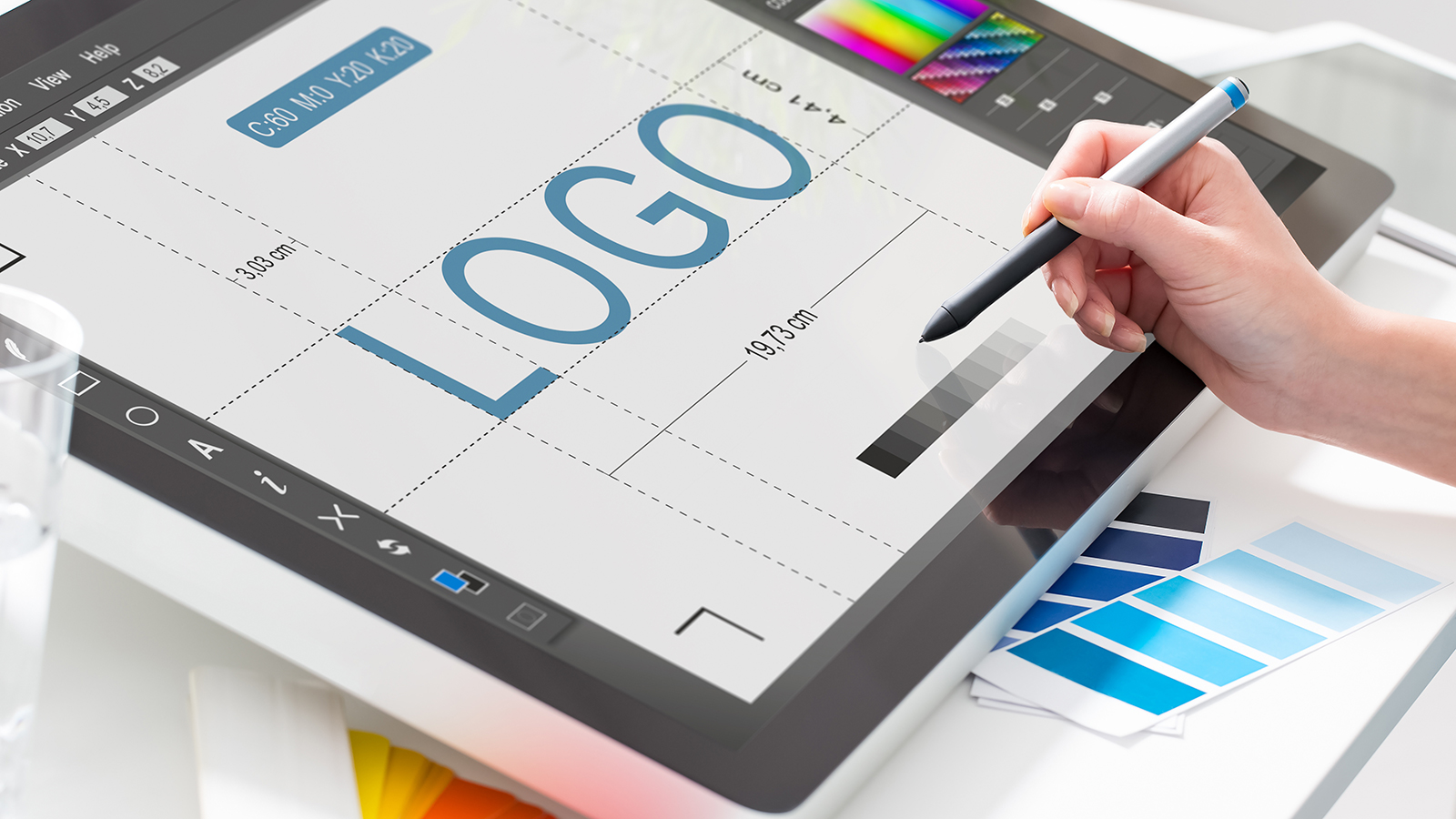
Resolution and Image Types
We all hate feeling stupid, right? Or spending, what should take just a few minutes, an hour to upload photos to our LinkedIn page. Then when we upload them, the images look blurry or the size is all wonky. In today’s digital world, whether we’re posting on our social media pages or asked to provide a headshot for a conference, there are basic terms we need to know. We can’t always call in the millennial to help us out, right?
For those of you in marketing, let’s take it to the next level. Has this happened to you? Your art department asks you for specs for the ad that’s supposed to be submitted tomorrow and they are using terms like trim and bleed, and telling you that cute clip art you wanted is RGB and not high enough resolution.
In this two-part article we cover basic design terms that will help you communicate better (and impress the heck out of your team!). Plus, get your images to look sharp, every time, on social media. Read part II, “Understanding Design Terms for the Non-Designer: Color Models and Bleeds” in Tribal Gaming and Hospitality Magazine.
Cheat Sheet for Design Terms
Resolution
Resolution is measured in dpi (dots per inch). The higher the dpi, the clearer the image will appear when printed. When your designer tells you, “The image is low resolution,” they are basically saying, “Hey, this is going to look pretty bad when you print it.”
Standard print resolution is 300dpi and standard screen resolution is 72dpi. In order to have the best looking finished piece, images used in print production should be 300dpi.
Printing a billboard or duratran? Your designer can go lower than 300dpi for these since they are made to be viewed at a distance. Check with your print vendor for their exact specifications. Your designer will be able to format the file as needed.
Sometimes you might want to save images from the internet and use them in a printed piece. These images may look acceptable on a screen, but don’t print well if they are screen resolution. It’s a good rule of thumb to not use images found through searches on the internet, due to resolution, color profile and copyright concerns. If you need a specific image, there are many great stock imagery sites out there! Make sure to read the license agreement to learn the restrictions on using your selected image.
Are you having your designer whip up some web graphics or social media banners? Yes, you can use 72dpi images for these, but you still should not use an image search. Stealing someone else’s images isn’t cool. License those from a stock site as well!
Raster vs. Vector
Raster images are the images you usually see on the internet or in photographs. They are “flat” images made up of pixels, set at a specific size and resolution. They may or may not have a background color in them. When you think of photographs – or most images pulled from the internet – you are thinking of raster images.
If there is text in a raster image, it most likely cannot be changed. Trying to edit a raster file will take your designer extra time to match fonts, colors, and background.
Raster images are resolution dependent (see above). Since a raster image is a set size and resolution, any time you make the image larger, the resolution is lowered. If you have raster images that are small, they may not print well if they require a lot of resizing. Once again, an image that looks okay on a screen might not look good in print.
Raster images are best used as background images and as part of other design elements. Raster images are usually not good as logos. Typical raster image formats include .jpg, .tif, .gif, and .png.
Vector images are the images you typically see in logos, illustration, or typography. They usually look more like drawings and are composed of “points.” They can be enlarged to virtually any size without loss of quality/resolution. They can be placed on any color background without having a white box behind them. When you think of most logos, you are thinking of a vector image.
If there is text in a vector image, it may not be able to be changed. Your designer can quickly tell you whether or not changes can be made.
Vector images are best for logos, typography, and non-image design elements. They are not ideal for “realistic” or photo-type imagery. Typical vector image formats include .eps, .ai, and .svg.
Want more? Ready to impress your staff with your grasp of design terms? Read “Understanding Design Terms for the Non-Designer: Color Models and Bleeds” in Tribal Gaming and Hospitality Magazine.







